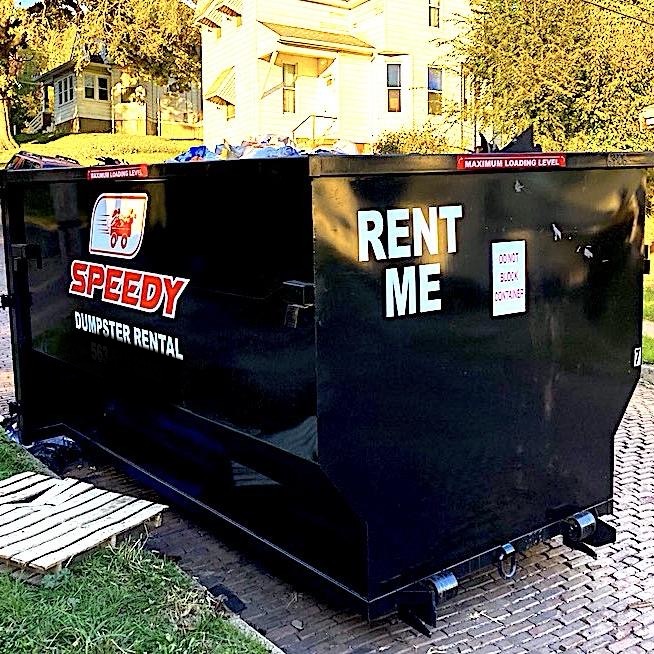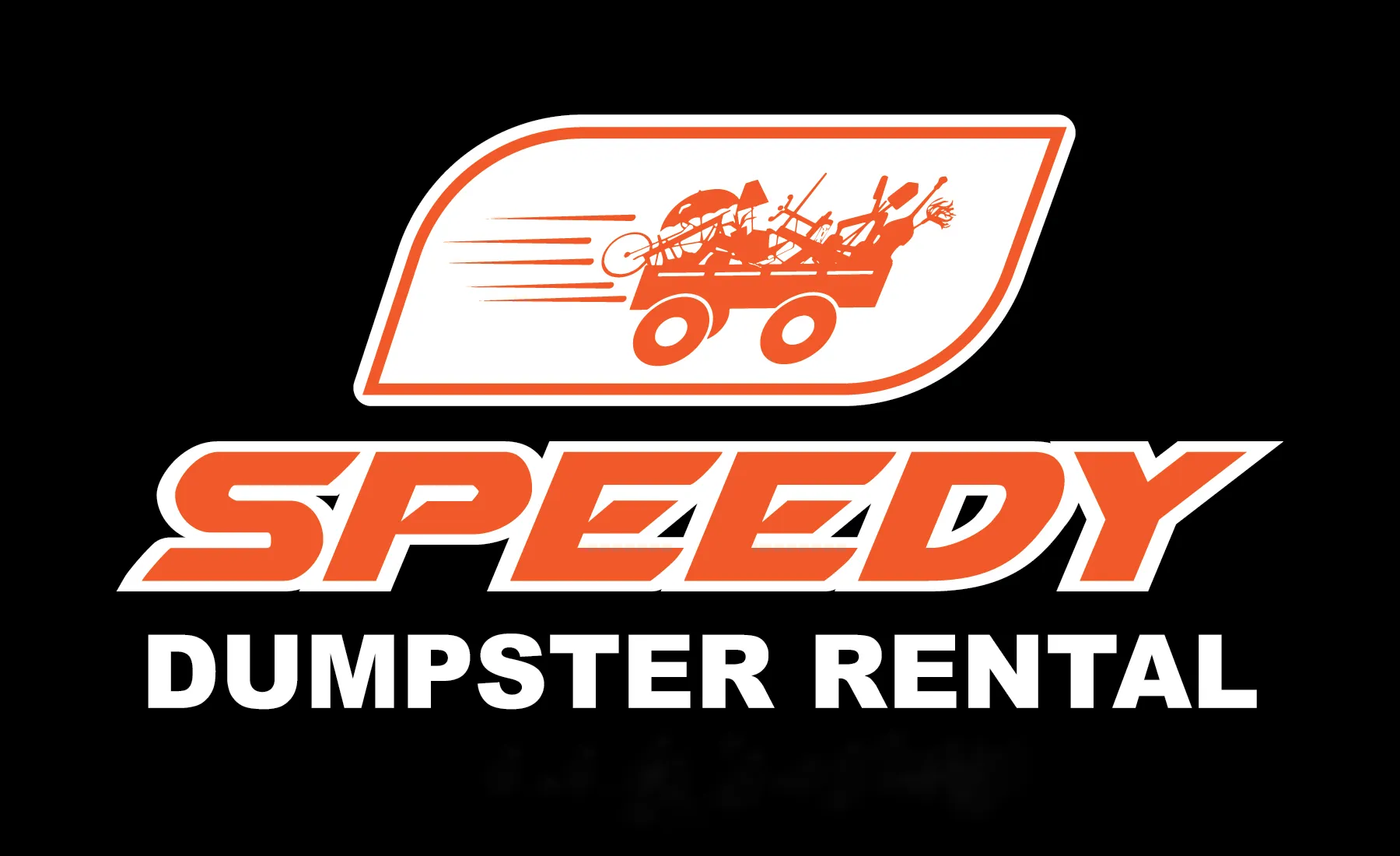OFFICE HOURS
Monday - Sunday: 7:00 AM - 7:30 PM

Construction Dumpster in Blue Grass, IA
Rent reliable construction dumpsters in Blue Grass IA. Fast delivery and flexible terms for all project phases—learn more.
Construction Dumpster in Blue Grass, IA
A properly sized, placed, and managed construction dumpster is essential for keeping Blue Grass, IA job sites safe, efficient, and compliant with local rules. Whether you are renovating a Riverfront-area home, building a new subdivision near Highway 52, or completing a small commercial gut renovation, choosing the right construction dumpster reduces downtime, prevents fines for improper disposal, and protects your crew and neighbors from debris hazards. This page explains heavy-duty bin options and capacities, on-site placement and safety considerations, handling mixed materials, weight limits and surcharge policies, permit needs, rental timelines for project phases, and best practices tailored to Blue Grass job sites.
Common construction dumpster types and heavy-duty sizes
Construction dumpsters used on Blue Grass projects are typically roll-off bins built to handle heavy debris and frequent load/unload cycles. Common sizes and typical uses:
- 10-yard dumpster: small remodeling jobs, garage cleanouts, light debris.
- 15-yard dumpster: bathroom or kitchen remodels, small roofing jobs.
- 20-yard dumpster: medium remodeling, framing debris, siding removal.
- 30-yard dumpster: larger remodels, full-house demo, multi-trade renovation.
- 40-yard dumpster: large commercial projects, full demolition, bulky concrete/asphalt removal.
For heavy materials (concrete, brick, asphalt, dirt) look for heavy-duty bins with reinforced floors and doors. These are designed to withstand higher point loads and the abrasion common with masonry and aggregate waste.
Weight limits and surcharge policies — what to expect
Most roll-off dumpsters are priced with a base rental and a weight allowance. Typical expectations for construction dumpsters:
- Base weight allowances commonly range from about 1 to 4 tons depending on bin size.
- Heavy-duty or concrete/asphalt loads often exceed base allowances quickly because these materials are dense.
- Overweight surcharges apply when the load exceeds the included weight; surcharges are charged per ton over the limit.
- Separate pricing or special containers may be required for dirt, concrete, or shingles because of disposal differences.
Plan with density in mind: a 20-yard bin filled with mixed light debris (lumber, drywall) will weigh far less than the same volume filled with concrete or asphalt. When estimating, assume dense materials will use significantly more of your weight allowance and consider using a dedicated concrete or asphalt container.
On-site placement and safety considerations for Blue Grass jobsites
Placement and safe handling of dumpsters matter in Blue Grass because seasonal weather and local road conditions affect access and stability:
- Placement: keep the bin on a stable, level surface with clear truck access. Driveways and municipal streets may require permits for placement.
- Ground protection: use plywood sheets or cribbing under the bin on lawns or gravel to avoid rutting or freeze/thaw damage during Iowa winters and spring thaws.
- Clearance: ensure at least 10 feet of vertical clearance and sufficient length for roll-off trucks to maneuver without blocking traffic.
- Storm and flood awareness: during spring rains or high water events near the Mississippi River, avoid placing bins in low-lying or flood-prone areas where debris can wash away.
- Fire safety: hot or flammable materials (e.g., roofing nails with hot tar or leftover torch-applied roofing) must be handled carefully and cannot be mixed with general debris without cooling and securing.
- Load height and distribution: keep debris level and well distributed; overloaded or top-heavy bins are a safety hazard and may be rejected for pickup.
Handling construction debris and mixed materials
Correct sorting and containment reduce disposal costs and environmental impact:
- Common accepted materials: lumber, drywall, roofing shingles, metals, plastics, cardboard, non-hazardous construction debris.
- Recyclable or separated streams recommended: steel/metal, clean concrete and brick, and clean timber/yard waste can often be recycled or taken to transfer stations.
- Prohibited or restricted items: hazardous wastes (paint solvents, asbestos, electronics with regulated disposal rules, pesticides) are not accepted in standard construction dumpsters and require special handling.
- Mixed-material tips: separate heavy inert materials (concrete, brick) into a dedicated bin if possible to avoid weight surcharges and simplify disposal.
Local transfer stations and recycling centers servicing the Blue Grass area accept different streams; planning separation at the jobsite reduces costs and compliance headaches.
Rental timelines by project phase
Match dumpster rental timelines to project phases for efficiency:
- Short demolition or cleanouts: 1–2 week rentals with one or two scheduled pickups.
- Framing and drywall phases: 2–4 week rentals to accommodate steady generation of wood and sheetrock debris.
- Roofing projects: 1–2 week rentals with high-volume single drops and pickups timed to the crew’s schedule.
- Long-term builds: monthly rentals or standing roll-off agreements for continuous debris management with periodic swaps.
Plan pickup windows around weather and local holidays to avoid delays. If a project runs longer, most providers allow extensions but check the extension policy and potential prorated fees.
Permit needs and local regulations in Blue Grass, IA
Dumpster placement on public property requires attention to municipal and county rules:
- Public right-of-way: placing a dumpster on a city street, sidewalk, or other public right-of-way typically requires a permit from the City of Blue Grass or Scott County.
- Parking and traffic control: larger bins that affect parking or traffic flow may need traffic control plans or signage.
- Homeowner association rules: many subdivisions have HOA restrictions on visible waste containers—verify before delivery.
- Disposal documentation: certain projects, especially commercial ones, may require disposal manifests or weigh tickets to document lawful disposal and recycling compliance.
Confirm local permit requirements early in planning to avoid stoppages or fines.
Best practices for efficient jobsite waste management
Adopt these practical measures to minimize cost and maximize safety:
- Right-size early: estimate waste by phase and choose a bin size and weight allowance that match the heaviest expected debris.
- Separate when possible: route concrete, metal, and organics to separate containers to reduce weight surcharges and increase recycling.
- Secure loads: cover the bin when required and before pickup to prevent debris loss during transport.
- Maintain access: keep the area clear for delivery and pickup trucks and maintain a single point of contact for scheduling.
- Document disposal: keep weigh tickets and disposal receipts as part of project records for compliance and owner reporting.
- Communicate rules to crews: post clear guidelines on prohibited items and proper loading methods to avoid contamination and surprises at pickup.
ConclusionSelecting the right construction dumpster in Blue Grass, IA is a balance of bin size, weight allowance, placement logistics, and regulatory compliance. Thoughtful planning tailored to local weather, ground conditions, and disposal options reduces surcharges, keeps the site safer, and streamlines project timelines. Proper sorting, secure placement, and awareness of permits and heavy-load issues will help projects stay on schedule and within disposal requirements common to Blue Grass and Scott County job sites.

Customer
Testimonials
See what our satisfied customers are saying about their experience with us.
